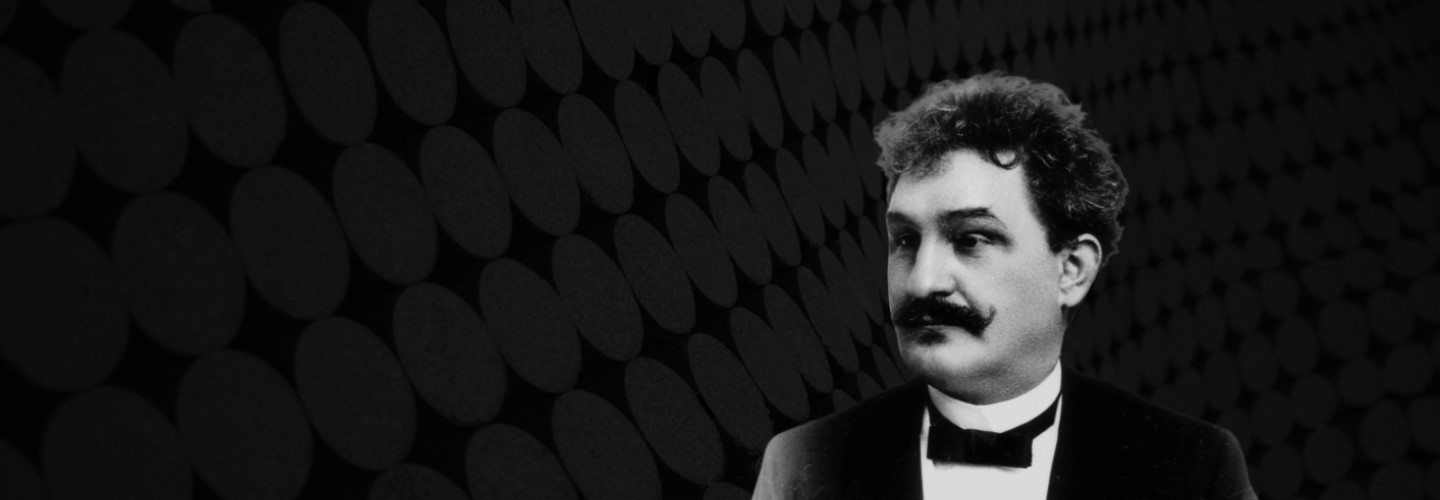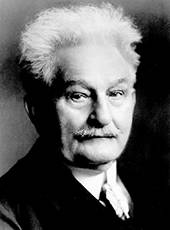

Leoš Janáček
Taras Bulba
Short instrumentation: 3 3 3 3 - 4 3 3 1 - timp, perc(4), hp, org, str
Duration: 24'
Vorwort von: Otakar Sourek
Sujet von: Nikolai W. Gogol
Instrumentation details:
1st flute
2nd flute
3rd flute (+picc)
1st oboe
2nd oboe
cor anglais
clarinet in Eb
1st clarinet in Bb
2nd clarinet in Bb
1st bassoon
2nd bassoon
3rd bassoon (+cbsn)
1st horn in F
2nd horn in F
3rd horn in F
4th horn in F
1st trumpet in C (+tpt(F))
2nd trumpet in C (+tpt(F))
3rd trumpet in C (+tpt(F))
1st trombone
2nd trombone
3rd trombone
tuba
timpani
tubular bells
triangle
snare drum
cymbal
harp
organ
violin I
violin II
viola
violoncello
contrabass
Janácek - Taras Bulba for orchestra
Sample pages
Audio preview
Work introduction
Taras Bulba is a direct reflection of Janáček’s glowing enthusiasm for and sympathies with the struggling Russian nation. The name of his tripartite symphonic rhapsody refers to Gogol’s treatment of the Ukrainian legend of the Cossack Taras Bulba, who died a hero’s death after defeating the Poles in battle in 1628.
Walter Dobner (from the programme booklet 2006/2007):
… as early as 1905, during the time of the Russian-Japanese War, Janáček was already thinking of setting the material to music. He did not do it until 10 years later, when occasion to do so arose: the turmoil of World War I.
Janáček documented the musico-dramatic veins by deliberately concentrating on three striking episodes chosen from the Gogol novella. The first, “Andrij’s Death,” depicts Taras Bulba’s son Andrij falling in love with a Polish girl, betraying his comrades and being shot to death by his father. The second, “Ostap’s Death,” retells how the Poles torture and kill Taras Bulba’s firstborn son before his very eyes as he looks on helplessly. “Taras Bulba’s Prophecy and Death” portrays the Cossack ataman – captured and tortured by the Poles – professing his faith in eternal Russia as he is burning at the stake …

